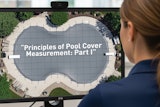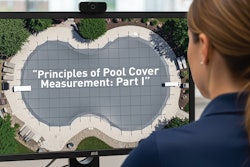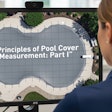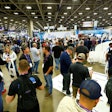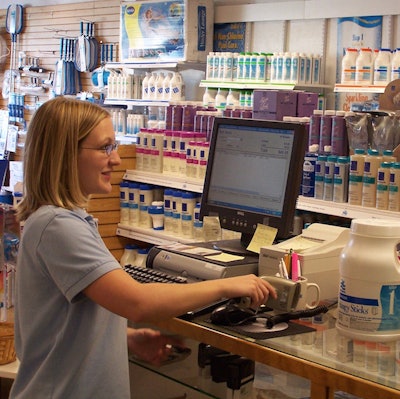
Over the years, I’ve been surprised at the stories I’ve heard from business owners that experienced employee fraud or embezzlement. Many times, the situation was preventable with a little oversight and tight process control. Believe it or not, the easiest place to start is your cash drawers.
Below are a few simple pointers for proper cash drawer management that will reduce your risk and hopefully make your bookkeeper a little happier.
1. Always – and I mean always – open the cash drawer every morning and close it every night.
Not only does this process prevent mistakes and ensure proper cash management, but it makes your bookkeeper incredibly happy. Closing the cash drawer each night ensures you catch mistakes early. If you wait a week to close the cash drawer and your cash drawer records aren’t matching to what physically went to the bank….well, do you remember what happened last Wednesday night at 5:30 PM? I certainly don’t and your employees probably won’t either.
2. Always – and again, I really mean always – open the cash drawer with the same amount of money every day. Then, make sure that same amount of money is left in the drawer at the end of the day.
Why is this important? There are a few reasons.
First of all, it’s a heck of a lot easier to figure out how much cash to deposit when the starting and ending balance remains the same. Your bookkeeper, or accountant, can easily audit the cash on hand balances in the general ledger report when they know that your cash drawers should always have a specific balance.
It will make it easier for the person balancing the drawers each day if they know the amount the drawer is opened with, and left with, is always the same. If it’s not policy to keep the same amount in the drawer, then the bookkeeper and person balancing the drawers, must track down who closed the drawer, question why they closed it with a different amount, and ultimately no one can be held responsible since there isn’t a clear guideline for the cash drawer balance.
Lastly, the person opening the cash drawer in the morning will immediately know something is awry if they count their opening cash and find it doesn’t match what your policy dictates it should. With a policy in place, the issue can be resolved immediately.
3. Only stock your cash drawer with enough cash to make change for customers.
The more money you leave in the drawer, the more opportunities for theft. Depending on store activity, a typical cash drawer in a small business should only hold $200 - $500. Remember, you can always add more money if you run out of change. You can also kindly request those high rollers not to pay for a $5.00 item with a $100 bill.
4. Don’t allow employees, managers, or owners to take draws directly from the cash drawer.
Allowing employees to cash their checks or take draws straight out of the cash drawer not only violates rule #3 above, but it also gives too much access to your cash on hand. The cash drawer should only be used for customer-related transactions. You know where the money came from and where it went at the end of the day. There is no opportunity for money to “go missing.” If your cash drawer is off at the end of the day it should be clear where the money went. You should only be focused on customer-related transaction that occurred that day. Not the draws that were taken from the drawer.
5. Maintain a separate drawer and designated person to manage petty cash.
This rule piggybacks number 4. The more unrelated sales activity happening in the cash drawers, the more opportunity you have, not only for theft, but for mistakes. If you have a full time bookkeeper, or other accounting staff, perhaps consider using them to manage petty cash. You might also want to consider using pre-paid VISAS.
6. Balance your cash drawers daily.
Someone should be responsible to balance the cash drawer each day and review cash drawer activity reports to audit over/under. We would recommend that you designate a policy for the amount the cash drawers are allowed to be over/under and have the person auditing the discrepancies research all drawer closings that violate the allowance. A closing form should be presented for each drawer that is closed time so that the person auditing the cash drawer open/closes can balance to the reports. With someone auditing the cash drawers, it will be much easier to audit the ledger and cash flow since mistakes will be fixed immediately.
To sum it up, implement strong policies, closely monitor your cash drawers and reduce access to your available cash on hand to prevent mistakes and employee theft.
Christina Braks is the VP of Software Products at Evosus, and has over 10 years experience in the industry.




















